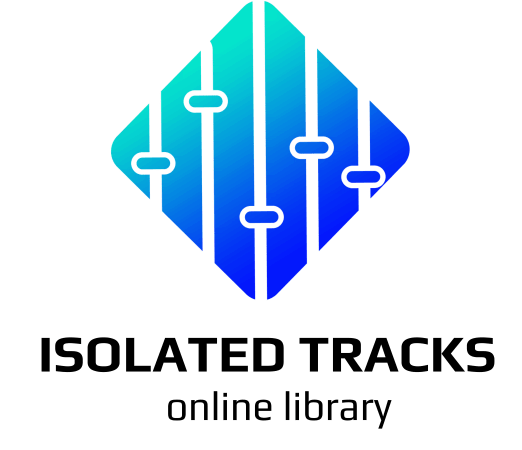Crush These F***king Barriers, and Make Music!

Learn How the Music is Made
The multitrack gives you deep insight into how a song is created. With isolated tracks, you can understand how the composer thinks and see the role of each instrument in the arrangement and overall sound. Stems are a powerful tool for transcribing parts, deconstructing songs, and practicing—even for people with minimal technical background. In our multitracks, we preserve the original structure and recreate every detail of the arrangement. You can download the full mix of any track for free to try it yourself!

Advanced Arranger / Producer
Focusing your energy on making something new is more rewarding than simply replaying existing songs—even if you already have the resources, knowledge, and skills. This is a strong argument for using ready-made stem packs, provided their quality meets the standard, especially for those who prefer to do everything themselves. Live multitrack sources are rare, and this niche is still largely unexplored in modern audio production. That’s not surprising, since recording such sessions is a complex process.

Successful Band Leader
Good songs are always in demand—just like good musicians. Here, we provide the tools your audience expects. Let us share a little secret: we stay in touch with cover bands around the world, and many of them have simplified their workflows thanks to IsoTracks. We’ll be glad if you discover us, and we hope it leads to a long and rewarding partnership. After all, not every band leader is willing to share this site with colleagues—we understand, since the entertainment market is highly competitive. Stems truly offer vast opportunities for your band.


